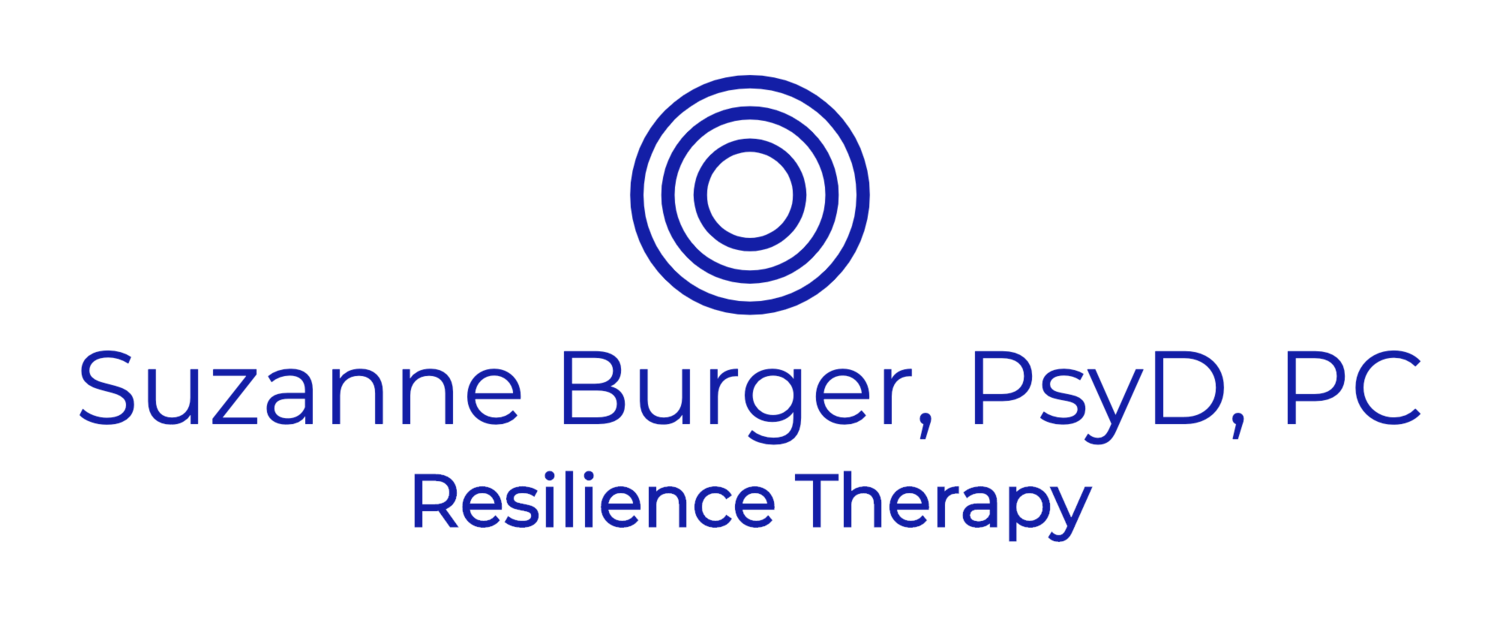Meeting up with Shame
/‘You can find shame in every house, burning in an ashtray, hanging framed upon a wall, covering a bed. But nobody notices it any more.”
- Salman Rushdie
It’s rare for me to receive a call from a potential client asking to work on his or her shame. Yet shame, that basic feeling of inadequacy, of either not being good enough or simply not being enough, is a primary emotion often lurking in the shadows of all our lives. Shame is closely linked to poor self-esteem, self-criticism and even some self-destructive habits but is distinct from all of them. It is such a painful and challenging feeling that many people, especially those who have received little empathy and support early in life, will go to great lengths to avoid experiencing it. Some people try to outrun shame by becoming workaholics or perfectionists. Others numb it with alcohol, drugs and other addictive habits or distractions.
The sensations and postures associated with shame are distinct. Whereas the experience of guilt connects to a sense of “I have done something wrong,” shame is an earlier developmental experience of being wrong as in “I am wrong/unworthy/unlovable to even stronger feelings of “I am horrid.” Shame is tied to attachment needs; it evokes the possibility of losing connection to the loved one who provides safety and security. The physical signals – head down, avoidance of eye contact, chest caving in, and shrinking down/trying to hide – are social cues of submission. The sensation associated with pain ranges from discomfort to actual pain.
Don’t expect to rid yourself of guilt and shame. Both are universal emotions and psychobiological states and, when they develop in a caring environment, they motivate us to adapt to familial and societal expectations. This is not necessarily a problem. One child benefits from learning she cannot yell out in the library or pull her sister’s hair. An older child discovers the social consequences of copying off his classmate’s answer sheet or eating an entire gallon of ice cream that dad was saving for tonight’s company.
It is only when shame arises frequently, overly intensely and in the absence of caring adults that the experience of it grows intolerable. That’s when people go to great lengths to avoid feeling shame. Unfortunately, too many parents rely on shame as part of their discipline arsenal, failing to understand the potential harm they are inflicting. What makes shame so painful is the lack of contact with a supportive person. In the throws of shame, people feel alone or, worse yet, experience others as threatening, harmful or rejecting.
Shame emerges during the second year of life when the child experiences a parent’s displeasure and becomes very still in response. Most caring parents will respond to the child’s distress with a caring response such as a hug or words of reassurance, thereby repairing the momentary break in the child-parent connection. But for children whose parents do not respond in this supportive way, shame quickly becomes associated with the overwhelming fear of loss of love or or danger/risk of incurring a parent’s anger.
When I work with individual clients, I aim to create with them a setting in which they can bring forward aspects of their self that have had to be pushed away, or even denied. Shame is one of the key aspects to come forward as clients learn about its origins. But this is not an intellectual exercise. In therapy, you learn to feel the related sensations without becoming overwhelmed. Over time, you learn to relate to these sensations with less dread and judgment and the experience of shame itself loses its intensity.
In working with couples in my office, a husband, for example, may fear that only scorn or anger or perhaps indifference is going to be reflected back when he risks glancing at his wife’s face, so avoidance and withdrawal become the safer option. His wife may view him as rejecting or unloving when in reality he is protecting himself. When a husband is then encouraged to look up from this much more familiar place of withdrawal to receive warmth, caring and concern the anticipation of shame is challenged and, with enough repetition, undone.
So how can you work outside of therapy on starting to heal the shame-filled part of yourself?
- First, approach it with curiosity and compassion. It is often judgment about shameful feelings that make shame seemingly unbearable.
- Second, see if you can find a trusting friend or relative with whom to share this aspect of yourself. Being met with acceptance and understanding is profoundly healing. Because shame is so tied to wanting to stay hidden in the shadows, the experience of revealing yourself challenges shame at its source. Because unhealthy shame arose in the past when a significant other (parent/lover/teacher/etc…) failed to offer repair and support, receiving this caring response in the present is also healing. If you cannot think of a safe and supportive person in your life with whom to share this aspect of yourself, consider evoking a favorite deceased grandmother, a universal spiritual presence such as the Dalai Lama, or a figure from fiction.
- Third, offer yourself some comfort. This can range from putting your hand on your heart to taking some deep breaths to offering yourself words of comfort.
- Fourth, play with movement. That is, move very slowly and incrementally between the posture of shame (head down, eyes averted, chest collapsed) and the posture of pride (head up, eyes focused, chest and shoulders lifted.) Do this a couple of times then pause and notice your experience.
- Finally, naming the emotion of shame and its accompanying sensations having a narrative for your experience can help with mastering the experience. Instead of being in the grips of shame, a wise and mindful part of you can hold it.



